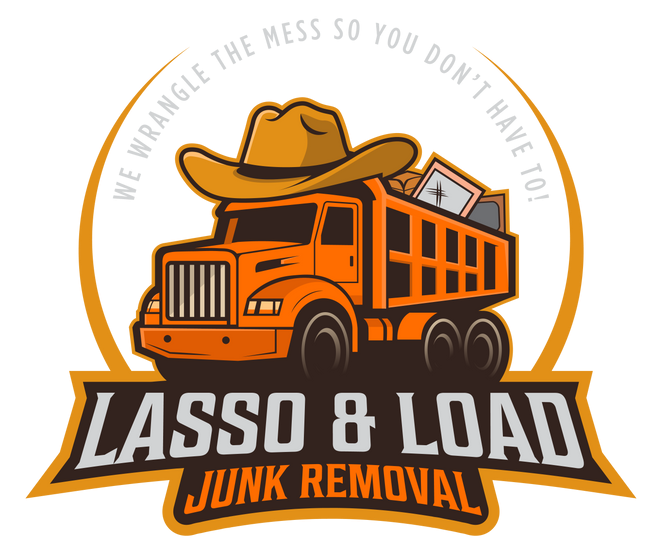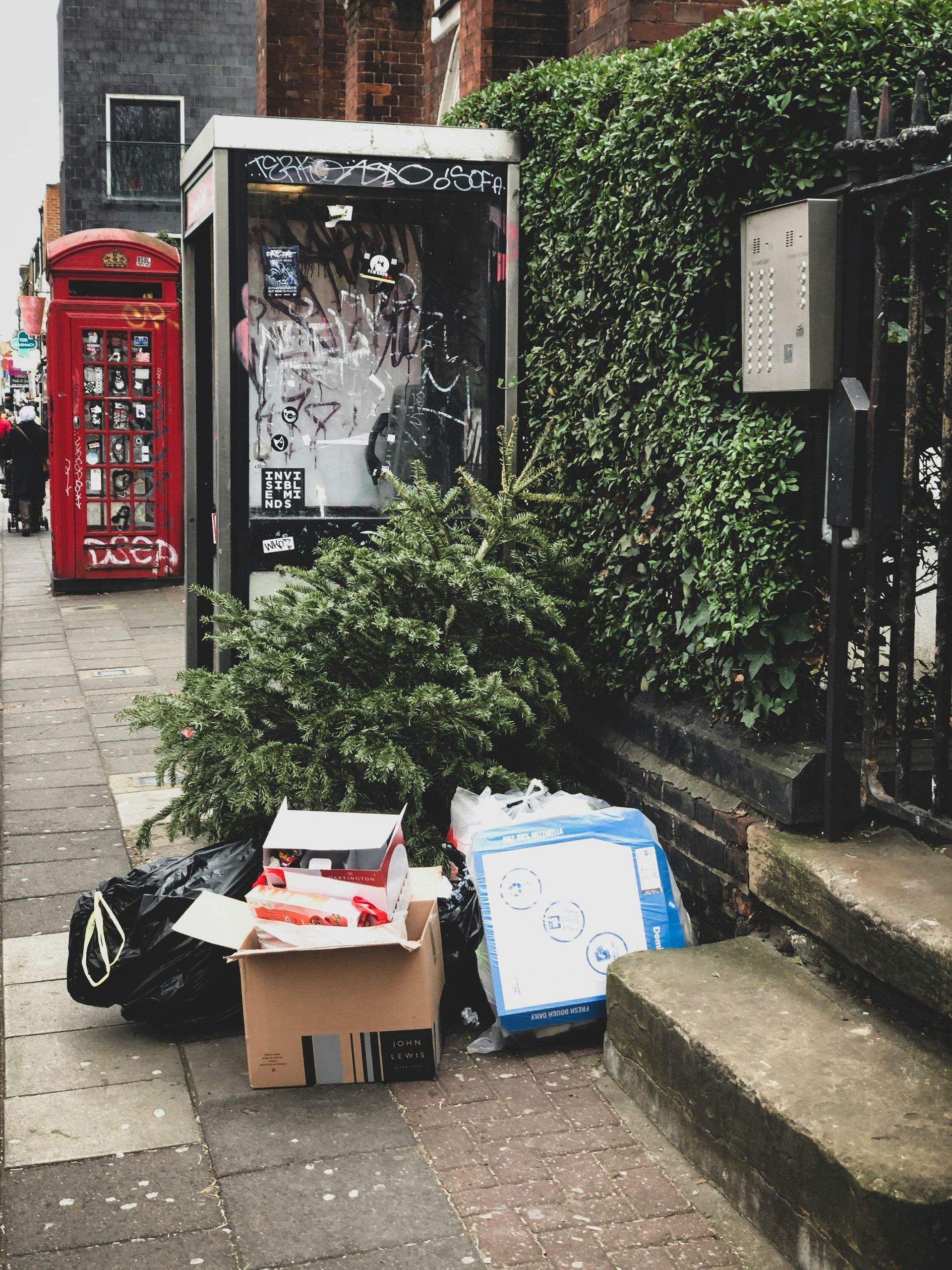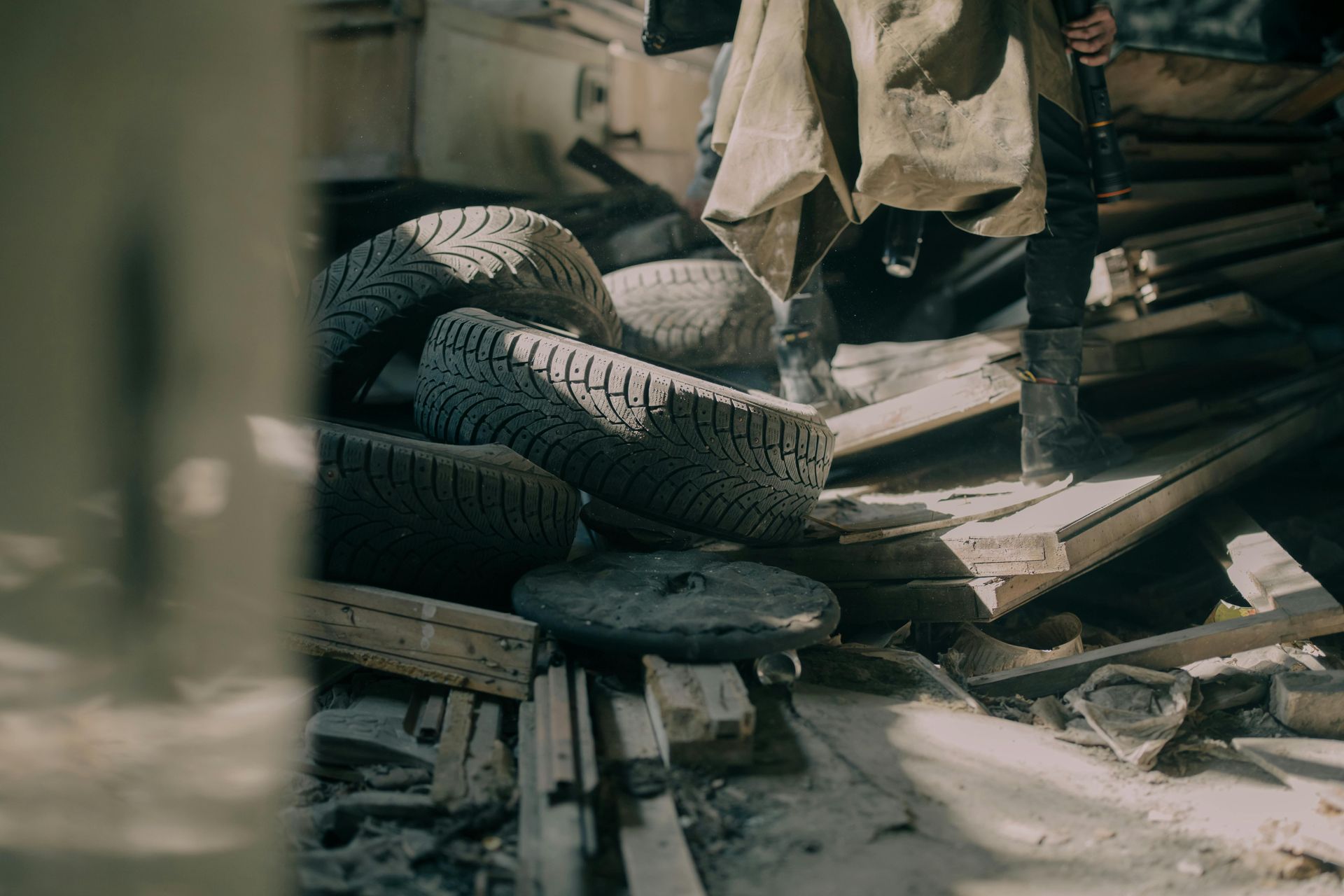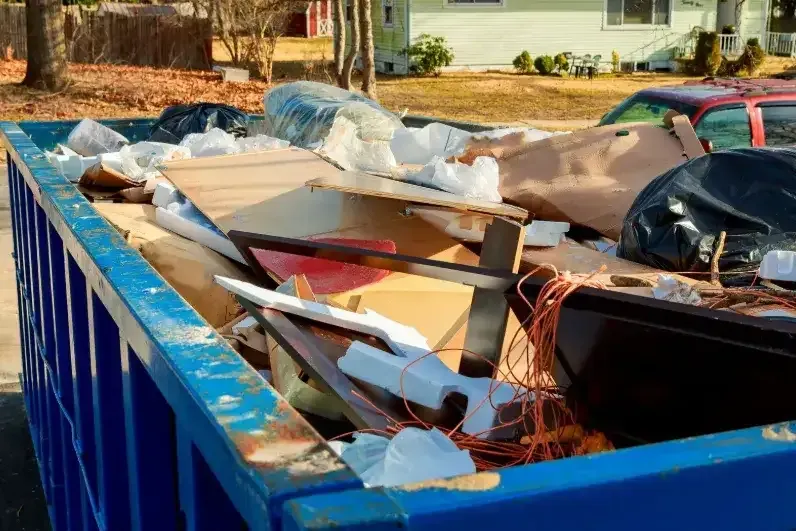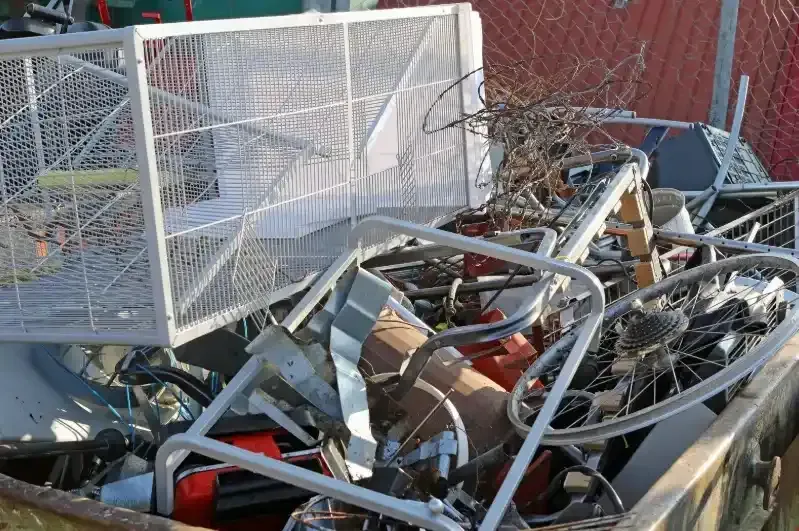Hoarder Cleanout: How to Tackle the Emotional and Physical Challenges
When dealing with a hoarding situation, it's easy to think that the process revolves solely around physical clutter. However, a hoarder cleanout is not just about sorting through mountains of items—it's a deeply emotional and physically demanding journey. For individuals struggling with hoarding tendencies, letting go of possessions can feel impossible, creating a paradox of attachment and distress. The act of clearing out a home filled with years of accumulated possessions can evoke feelings of guilt, fear, or even shame. On the other hand, those who are helping, such as family members, friends, or professionals, may find themselves navigating emotional landmines while also dealing with the physical challenges of the cleanout itself.
In this guide, we’ll explore how to approach hoarder cleanouts, understanding both the emotional and physical hurdles involved, and offering strategies to make the process less overwhelming.
Understanding Hoarding and Its Impact
Hoarding is a complex behavioral disorder, often tied to psychological issues such as anxiety, depression, or obsessive-compulsive disorder (OCD). It involves the excessive accumulation of items to the point where living spaces become cluttered, unsafe, and sometimes uninhabitable. Items can range from seemingly useless objects like old newspapers or broken furniture to items that may hold sentimental value.
For individuals with hoarding tendencies, the thought of parting with these belongings is often too much to bear. In many cases, these individuals experience intense emotional distress at the prospect of throwing anything away, feeling as though they are abandoning parts of themselves or their past. In contrast, those outside of the situation might struggle to understand this attachment and can often view the hoard as "just junk."
The impact of hoarding extends beyond the immediate clutter. It can lead to health and safety risks, social isolation, and strained relationships with family and friends. Cleaning out a hoarded home is a monumental task, but it is an essential step toward regaining control over one’s living space, improving mental health, and ensuring safety.
The Emotional Challenges of a Hoarder Cleanout

Guilt and Shame: The Burden of Letting Go
One of the most significant emotional challenges is the guilt and shame associated with getting rid of possessions. Hoarders often form deep emotional attachments to items, whether because of a sense of nostalgia, fear of future need, or feelings of loss tied to the items. The idea of parting with these objects can feel like erasing pieces of history or even a part of themselves.
Overwhelm: The Feeling of Being Buried Alive
A hoarder’s home can be overwhelming to look at, let alone tackle. The sheer volume of items—piled high and cluttering every inch of space—can create a sense of paralysis. For someone trying to manage the cleanout, this can feel like an insurmountable mountain.
Resistance to Change: Fear of Letting Go
People with hoarding tendencies may resist change due to a fear of losing control, or the belief that they may need these items in the future. This fear can make it difficult to get started on the cleanout, and even once the process begins, it may be met with frequent resistance.
Anger and Frustration: The Emotional Rollercoaster
As the cleanout progresses, emotions can become heightened. Anger and frustration may arise, either from feeling overwhelmed, dealing with resistance, or even from perceived judgment by others. For family members or helpers, these emotions can be directed toward the hoarder, especially if they feel that progress is slow or the cleanout is not going as planned.
Relief and Satisfaction: The Final Reward
Despite the emotional toll, there is a profound sense of relief that comes with completing a hoarder cleanout. For the person who has been living in the clutter, it can feel like a weight has been lifted. The newfound space, cleanliness, and order are tangible rewards for the effort invested. The emotional shift from resistance to acceptance can open the door to healing and positive change. It may also pave the way for better mental health, clearer thinking, and an improved quality of life.
The Physical Challenges of a Hoarder Cleanout
The physical challenges of a hoarder cleanout are significant, often requiring extensive effort and stamina. Many hoarded homes contain large, heavy items that are difficult to move, such as broken furniture, boxes filled with old belongings, or piles of clutter that have been accumulating for years. Lifting, sorting, and removing these items can lead to physical strain, especially if there are numerous items or if the home is in poor condition. The sheer volume of items can be overwhelming, making the task feel daunting and time-consuming.
Beyond the heavy lifting, hoarder cleanouts often come with health and safety risks. Cluttered environments can harbor dangerous materials, like mold, bacteria, or pests, which pose significant health hazards. Tripping over items, getting injured while handling broken objects, or coming into contact with potentially hazardous substances are common risks. Wearing protective gear like gloves, masks, and sturdy footwear is essential to minimize these dangers. To mitigate these physical challenges, it’s often beneficial to hire professionals trained to handle such situations safely and efficiently.
Clearing Chaos and Finding Clarity How to Overcome the Struggles of a Hoarder Cleanout
Walking into a hoarded home can feel like stepping into an overwhelming maze of belongings, memories, and emotions. The sheer volume of clutter can create a sense of chaos that leaves both the hoarder and their loved ones feeling trapped. Every item tells a story, making it difficult to decide what stays and what goes. The emotional weight of sorting through years of accumulated possessions often leads to hesitation, anxiety, or even fear of loss. However, clearing out the clutter is not just about tidying up—it’s about creating a healthier, safer, and more livable environment. Finding clarity amid the chaos requires patience, strategy, and sometimes professional assistance to ensure the process is manageable and effective.
Overcoming a hoarder cleanout starts with understanding the emotional ties to the items in the home. Whether it's guilt, nostalgia, or fear of regret, these emotions must be addressed with empathy and care. Establishing a step-by-step plan can make the process feel less daunting, breaking the cleanout into smaller, achievable tasks. Seeking support from understanding family members, professional junk removal services, or even therapists specializing in hoarding behaviors can make all the difference. With time and effort, the clutter begins to clear, revealing not just open space but also peace of mind. A clean home becomes a fresh start, offering newfound clarity and a healthier way of living.
A Fresh Start How to Approach a Hoarder Cleanout with Patience and Strategy
The key to a successful hoarder cleanout isn’t speed—it’s patience. Many people assume that the best approach is to clear everything out as quickly as possible, but this can lead to emotional distress and resistance. Instead, a strategic approach allows for thoughtful decision-making and a greater chance of long-term success. Starting with a structured plan can help create a sense of control. Whether it’s focusing on one small area at a time or setting daily goals, breaking the process into manageable steps prevents burnout. Creating a judgment-free environment also makes the experience more positive for those struggling with hoarding behaviors.
A fresh start doesn’t just mean getting rid of clutter—it’s about rebuilding a healthy and functional living space. Taking the time to sort through belongings, deciding what truly adds value, and letting go of what no longer serves a purpose can be liberating. Seeking help from professionals who specialize in hoarder cleanouts can relieve much of the stress, ensuring that everything is handled efficiently and respectfully. Once the space is cleared, implementing organization systems and maintenance routines can prevent future clutter buildup. The cleanout process may be challenging, but the reward is a home that feels open, safe, and welcoming again.
When Hoarding Takes Over How to Navigate the Challenges of a Home Cleanout
Hoarding doesn’t happen overnight, and neither does the process of cleaning it up. Over time, as items accumulate, they begin to take over living spaces, making daily life difficult. The realization that a cleanout is necessary can be daunting, but the alternative—continuing to live in hazardous conditions—is even more concerning. A structured and compassionate approach is essential to ensure that the process is effective without being overwhelming. The first step is recognizing the extent of the issue and creating a realistic action plan. Whether the hoarder is tackling the cleanout themselves or with help, small but consistent efforts lead to progress.
Navigating the challenges of a hoarder cleanout requires teamwork and patience. Family members and friends may struggle to understand the emotional difficulty involved, leading to frustration or tension. It’s crucial to approach the situation with empathy, allowing the individual to make decisions without force or pressure. Bringing in professional junk removal services can ease the burden, handling the physical labor while ensuring that items are disposed of responsibly.
Conclusion
A hoarder cleanout is an overwhelming process, emotionally and physically. However, with patience, understanding, and the right approach, it is possible to make lasting change. Whether you are the person affected by hoarding tendencies or someone assisting in the cleanout, it's important to take things one step at a time. Recognize that both the emotional and physical hurdles are significant, but with the proper support, these challenges can be overcome.
If you find yourself needing help with a hoarder cleanout, Lasso & Load Junk Removal in Gwinnett County is here to assist. Their team understands the delicate nature of hoarding cleanups and can guide you through every step, ensuring a compassionate and efficient process. For more information or to get in touch, contact Lasso & Load Junk Removal at 404-227-2017 or via email at Lauren.renwickk@gmail.com.
